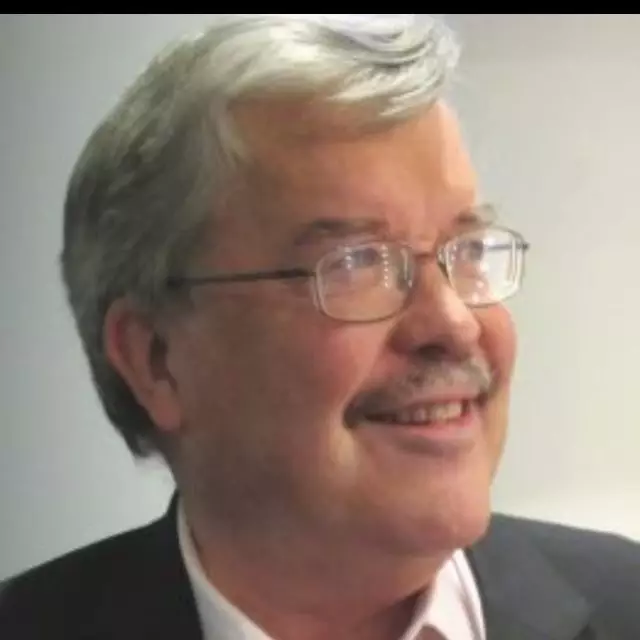
Patrick Low, Fellow of Asia Global Institute, writes about the SDGs, which seek to spur action and create sense of common purpose.
At a United Nations Summit just over two weeks ago, governments adopted the Sustainable Development Goals to replace the Millennium Development Goals that were set for 2015. The goals reflect a perception of the most pressing contemporary social, political, and economic problems facing the world.
They seek to create awareness and a sense of common purpose to galvanize action. Specific goals are linked to measurable performance indicators.
The MDGs have received mixed reviews. They encompassed eight explicit targets dealing with poverty, education, the empowerment of women, child mortality, maternal health, disease, environmental sustainability, and strengthened global partnerships.
A UN report assessing progress cited a broad range of improvements in indicators. For example, the share of the population in the developing world living on less than US$1.25 a day - the threshold defining extreme poverty - fell from 47 per cent to 14 per cent between 1990 and 2015.
The report recorded similarly positive results across the spectrum of indicators associated with the 8, albeit linked targets.
But the same report recognized that much remained to be done. It noted that progress had been uneven among countries and regions. Others have argued quite explicitly that progress was very largely attributable to vigorous growth in China and India.
The UN also acknowledged that gender inequality persists, and that large gaps remain between the rich and poor. Continuing conflict blights a number of nations, and climate change is a growing threat.
Attenuated success with the MDGs made space for the SDGs. The SDGs are a lot more broadly based. They comprise 17 goals instead of the MDG's 8, with no fewer than 169 sub-goals. The indicators for the SDG goals will not be fully developed until next year. All the MDG goals find expression in one way or another in the SDGs.
But the new additions greatly extend the ambition of the exercise. These include explicit recognition of the need to tackle inequality as well as poverty, to improve multiple dimensions of governance, to invest in infrastructure and build sustainable and inclusive cities.
Mention is also made of the underlying need for growth, of the sustainable variety. The environment receives greater attention, with separate goals dealing with water, energy, the oceans and climate change.
The additions reflect a criticism that the MDGs were too narrowly drawn, without enough attention to inequality, human rights and justice, or to development.
The larger number of goals has also been explained in terms of the process by which they were drawn up. While the MDGs are said to have been the result of a technocratic, top-down process, the SDGs reflect extensive consultations and opinion-taking across numerous communities. It was, apparently, with great difficulty that the number of goals was kept only to seventeen.
Another notable feature of the SDGs is that they are not only addressed to the developing world. This was a criticism of the MDGs, with the implication that achieving them was basically about catching up with the rich world. Several of the SDGs require concerted action by industrial countries and not just advice and assistance from them. That is to be welcomed.
To be of use the SDGs must focus attention, foster coordination around a coherent approach, and prompt intensified remedial action. A risk is that a feel-good factor linked to collective acknowledgement of the need for action, and the promise to take it, will actually soften the resolve to act.
Another risk concerns the perceived locus of responsibility. If the international community is supposedly taking matters in hand, do individual nations feel less pressure?
And will the sheer complexity of the enterprise lead to the dissipation of purpose?
These are all risks to consider, but the pitfalls are avoidable. The action plan does not have to become a wish list. No good argument can be made for dismissing the SDGs and what they seek to build on, even if the results are by no means guaranteed.
This article first appeared in the South China Morning Post on October 14, 2015.
The views expressed in this article are the author's own and do not necessarily reflect Asia Global Institute's editorial policy.
To read about the United Nations' Sustainable Development Goals, please click here.

Senior Fellow, Asia Global Institute
Room 326-348, Main Building
The University of Hong Kong
Pokfulam, Hong Kong